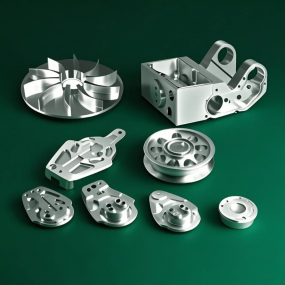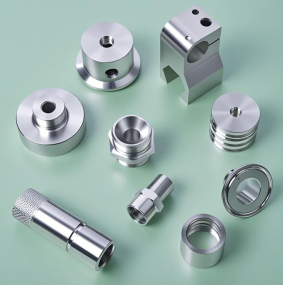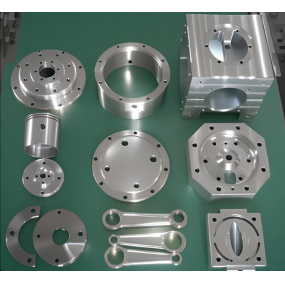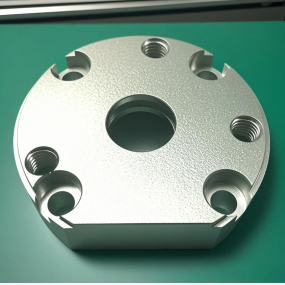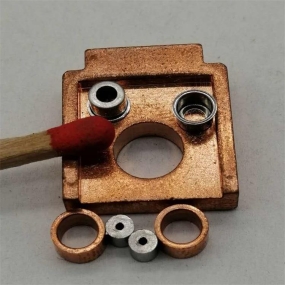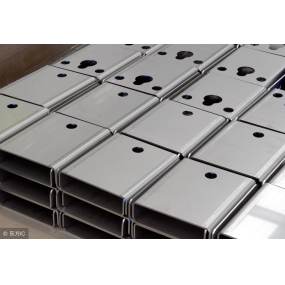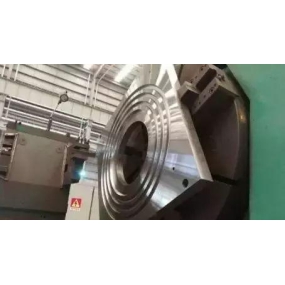The process of precision Sheet Metal Processing mainly includes the following steps:
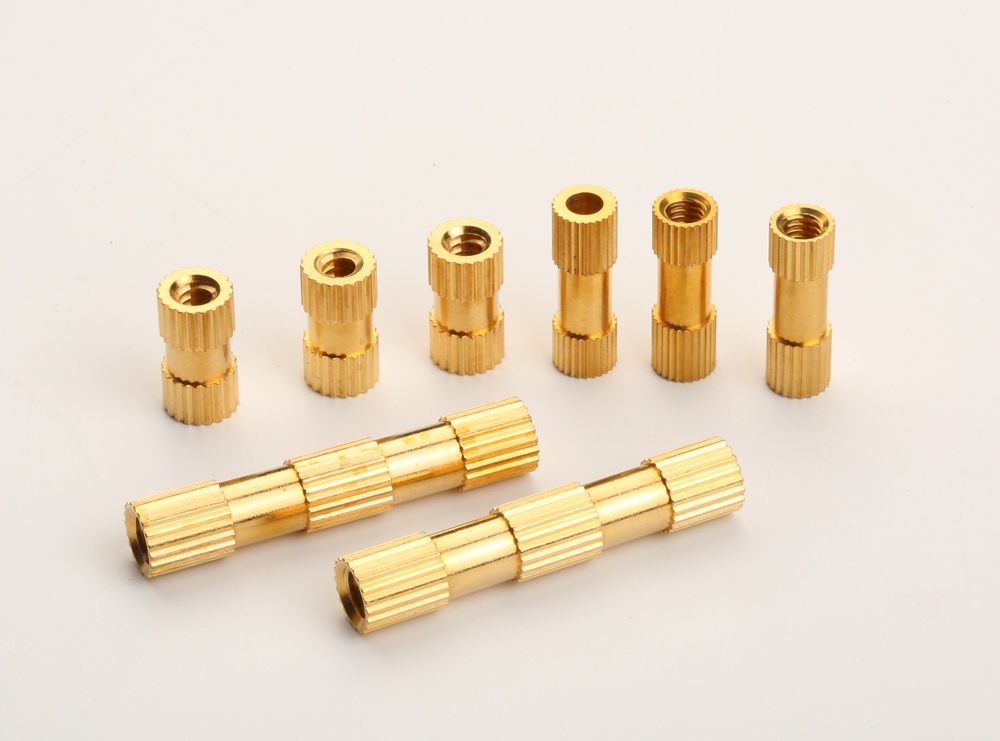 Engineering Drawing: Professional sheet metal engineers draw 2D or 3D drawings of products with the help of CAD software, marking the size, shape and position of each part in detail, providing an accurate basis for subsequent processing.
Engineering Drawing: Professional sheet metal engineers draw 2D or 3D drawings of products with the help of CAD software, marking the size, shape and position of each part in detail, providing an accurate basis for subsequent processing.
Blanking: According to the design drawings, large pieces of raw materials are cut into the required size and shape by using equipment such as shearing machines, punches, and laser cutting machines.
Forming: through bending, stretching, stamping and spinning processes, the flat material is processed into the desired three-dimensional shape.
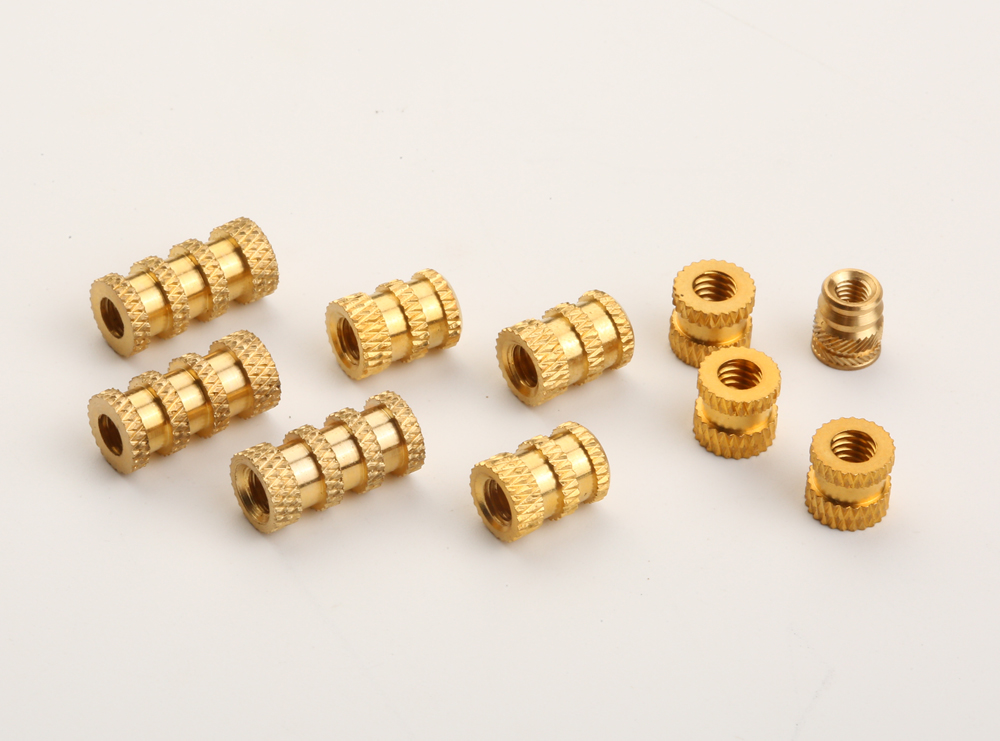 Connection: Welding, riveting, bolting, etc. are used to connect multiple parts into a complete product.
Connection: Welding, riveting, bolting, etc. are used to connect multiple parts into a complete product.
Surface treatment: spray painting, electroplating, powder spraying, etc. on the processed parts to improve the corrosion resistance, hardness and appearance quality of the parts.
Quality inspection: Conduct a comprehensive quality inspection of the finished product, including dimensional measurement, mechanical property testing, and appearance inspection, to ensure that the product quality meets the design requirements.
During the entire processing process, every step needs to strictly follow the process specifications and operating procedures to ensure that the processed products are of high precision and quality. At the same time, new technologies and equipment need to be continuously introduced to improve production efficiency and product quality and meet market demand.


 Spanish
Spanish Arabic
Arabic French
French Portuguese
Portuguese Belarusian
Belarusian Japanese
Japanese Russian
Russian Malay
Malay Icelandic
Icelandic Bulgarian
Bulgarian Azerbaijani
Azerbaijani Estonian
Estonian Irish
Irish Polish
Polish Persian
Persian Boolean
Boolean Danish
Danish German
German Filipino
Filipino Finnish
Finnish Korean
Korean Dutch
Dutch Galician
Galician Catalan
Catalan Czech
Czech Croatian
Croatian Latin
Latin Latvian
Latvian Romanian
Romanian Maltese
Maltese Macedonian
Macedonian Norwegian
Norwegian Swedish
Swedish Serbian
Serbian Slovak
Slovak Slovenian
Slovenian Swahili
Swahili Thai
Thai Turkish
Turkish Welsh
Welsh Urdu
Urdu Ukrainian
Ukrainian Greek
Greek Hungarian
Hungarian Italian
Italian Yiddish
Yiddish Indonesian
Indonesian Vietnamese
Vietnamese Haitian Creole
Haitian Creole Spanish Basque
Spanish Basque

